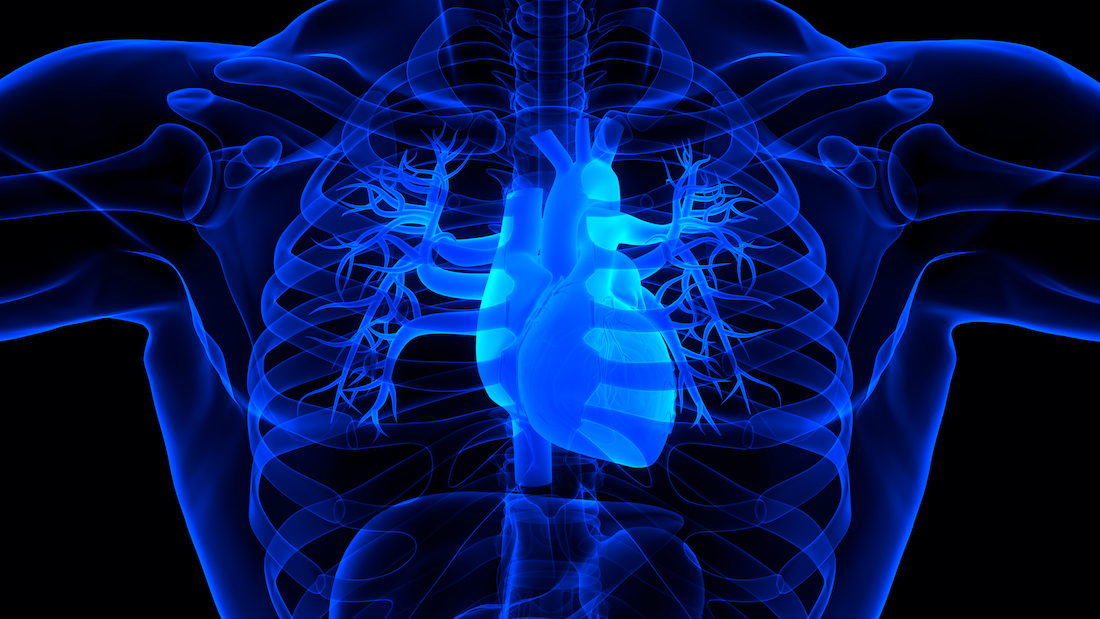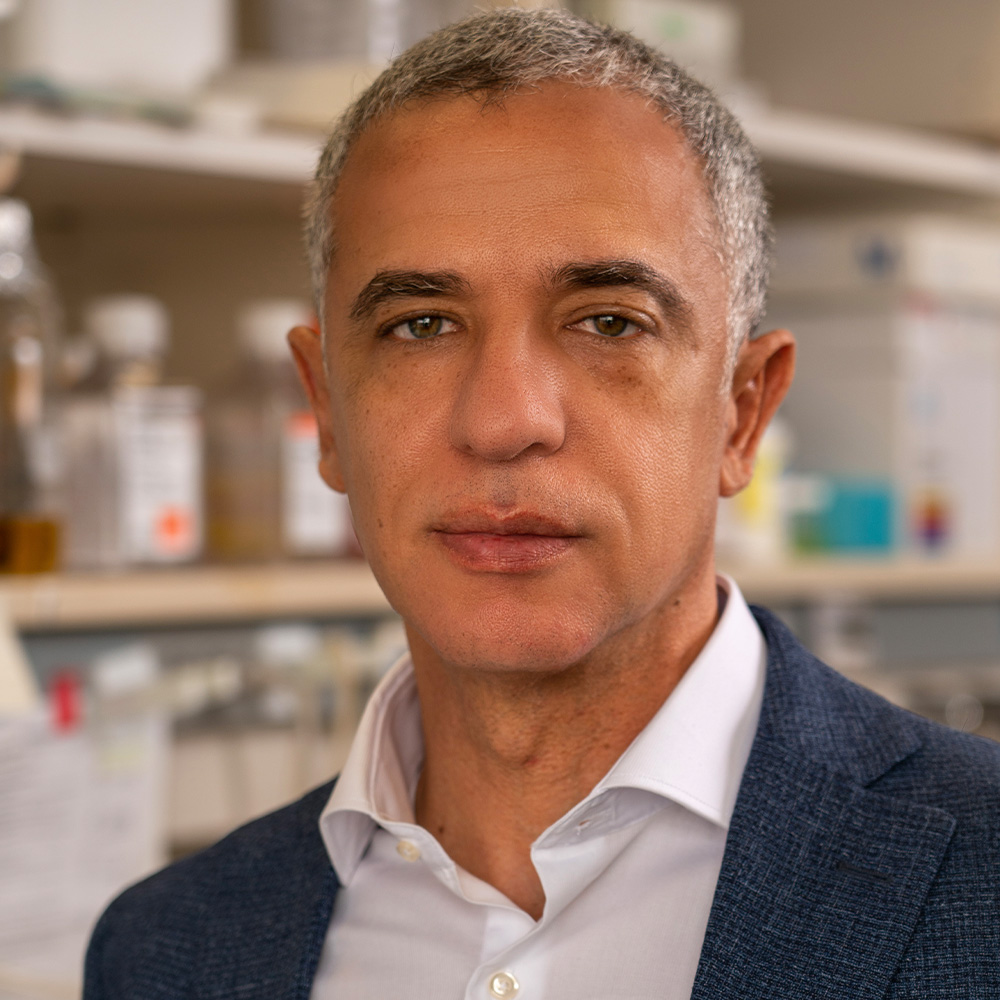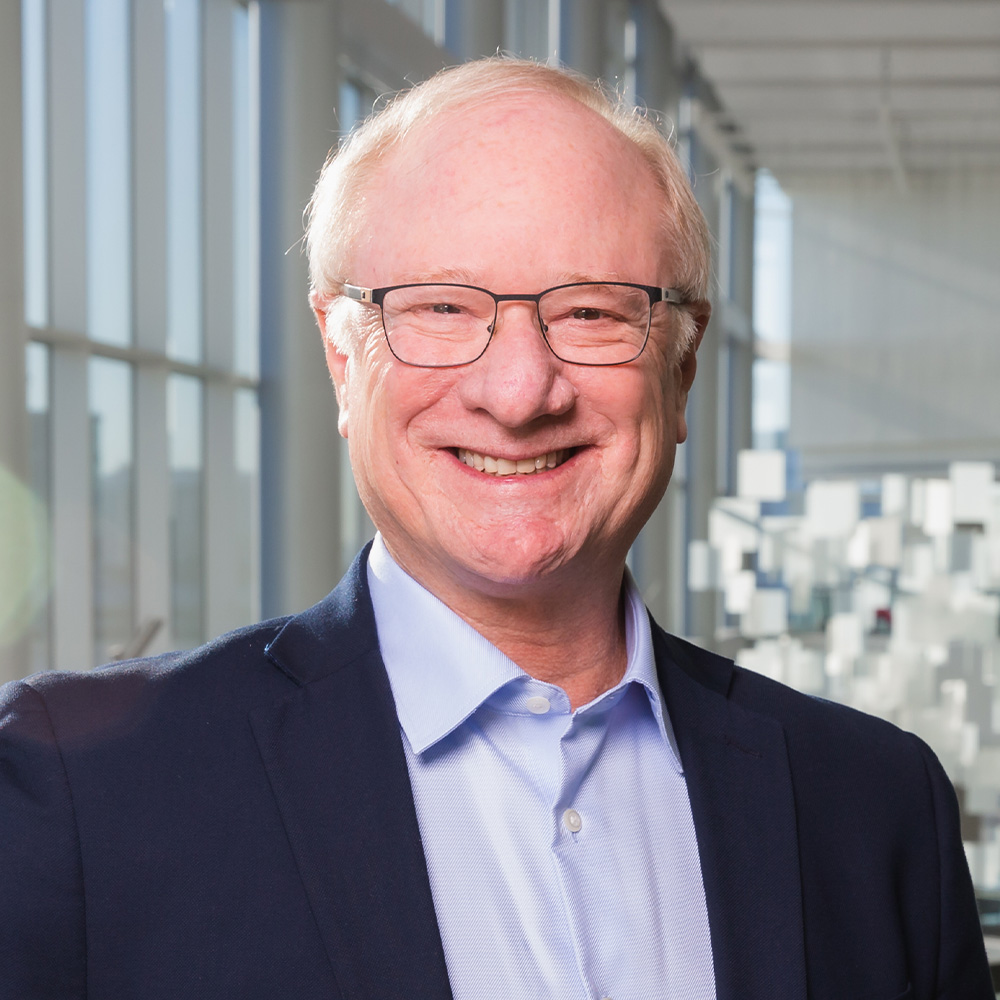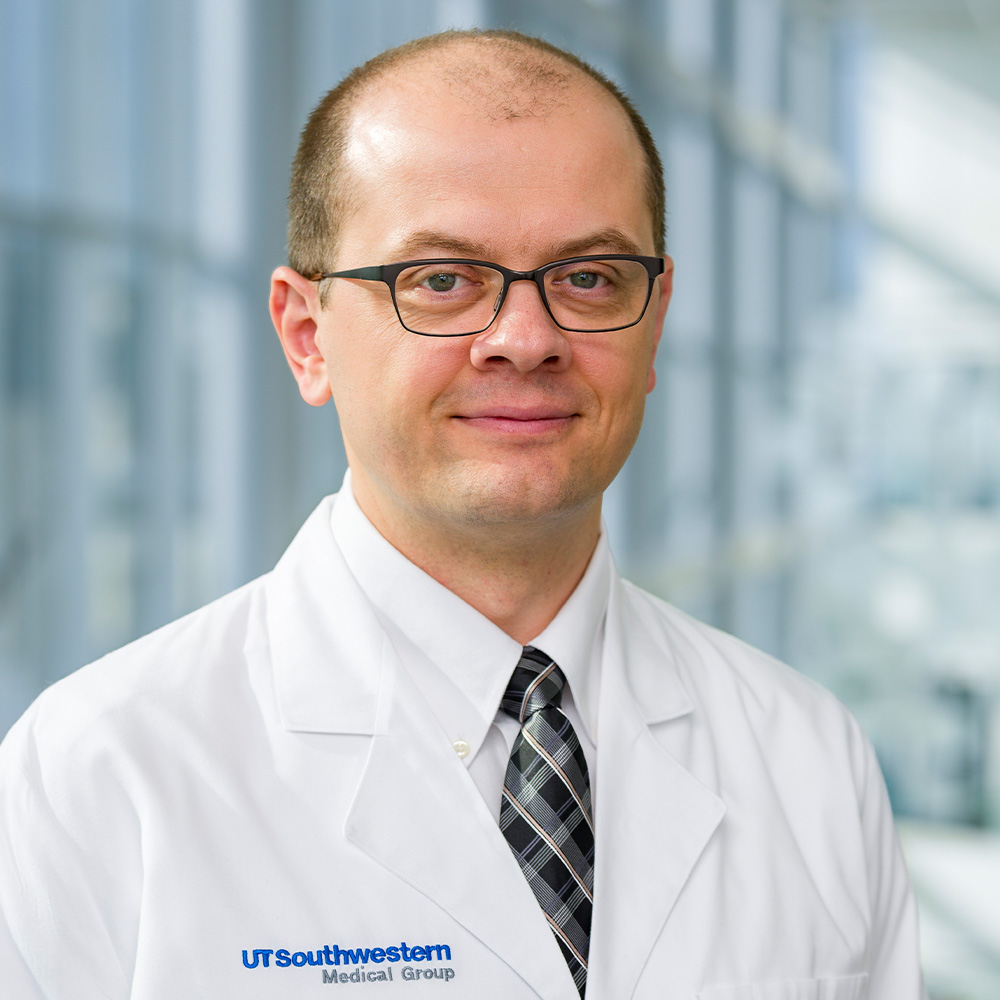NIH funding to propel UT Southwestern research into human heart regeneration
Recent study with German collaborators showed safety and promise of hypoxia for heart failure patients

DALLAS – June 01, 2023 – Ongoing research at UT Southwestern Medical Center exploring the ability of human heart cells to regenerate after a heart attack or other cardiovascular event will be accelerated by a new award from the National Institutes of Health.

The five-year, $10.7 million program project grant will fund studies to investigate how the immune system regulates the heart’s ability to regenerate and respond to injury. The project builds upon more than a decade of research at UTSW into heart regeneration led by Hesham Sadek, M.D., Ph.D., Professor of Internal Medicine, Biophysics, and Molecular Biology at UTSW, that has resulted in a number of discoveries.
Most recently, Dr. Sadek’s preclinical research was validated by a proof-of-concept human study led by German scientists showing that low-oxygen conditions can trigger the heart to repair itself and regain lost function after a heart attack. The findings, published in Circulation Research, could usher in a “new era in cardiovascular medicine,” said Dr. Sadek, who led the precursor studies in mice.
“Contrary to dogma, the decline in heart function after a heart attack may be reversible,” said Dr. Sadek, Associate Director of UTSW’s Hamon Center for Regenerative Science and Medicine.
Foundational discoveries
Previous research by Dr. Sadek and UT Southwestern colleagues identified several key molecular pathways that mediate the loss of the heart’s regenerative capacity, including those brought about by increased cardiac load and oxygenation shortly after birth. Mouse research suggested that some of these pathways could be reactivated by exposure to low-oxygen, or hypoxic, conditions, initiating some heart regeneration even after these animals reach adulthood.

To test this in humans, study leader Jens Tank, M.D., Head of the Department of Cardiovascular Aerospace Medicine at the Institute of Aerospace Medicine in Cologne, Germany, and UTSW colleagues including Dr. Sadek, Benjamin Levine, M.D., Professor of Internal Medicine in the Division of Cardiology, and Vlad Zaha, M.D., Ph.D., Associate Professor of Internal Medicine in the Division of Cardiology, recruited four male volunteers who had experienced heart attacks. The men, between ages 54 and 63, were all athletes in excellent physical shape who had experience with high-altitude training.

The study was conducted at the Institute of Aerospace Medicine, an elite facility that has a 300-square-meter living chamber in which environmental conditions such as oxygen levels can be adjusted and tests such as MRIs and echocardiograms can be performed. UT Southwestern forged a research agreement with the Institute in 2017 to see whether Dr. Sadek’s research in animals could translate to human heart failure patients. According to the American Heart Association, about 6.2 million adults in the U.S. suffer from heart failure caused by viruses, toxins, high blood pressure, or heart attacks.
The volunteers underwent initial exams to assess their heart anatomy and function. They then moved into the living chamber, where oxygen levels were decreased gradually over two weeks to conditions corresponding to an altitude of about 4,500 meters. The men lived at this oxygen level for 4.5 days before returning to normal conditions. They then underwent another round of physical exams, with a third round 12 weeks later.
The exams showed both the anatomy and function of their hearts had significantly improved. The hearts, which were enlarged from heart failure, decreased in size, and their left ejection fraction, a measure of how much blood the heart pumps, had increased. In one volunteer with particularly poor heart function, left ejection fraction increased 11%. These improvements were stable long term, the study authors said.
“With the very best medicines, we typically only get improvement of 2% to 3%,” Dr. Sadek explained. “This level of improvement is unheard of.”
Dr. Sadek stressed that the findings are preliminary and will require further testing in much larger numbers and types of heart failure patients before this treatment can be available.
Exploring a new concept
The latest NIH award will support the exploration of a new concept: that the immune system regulates the endogenous ability of the heart to regenerate and repair itself.
The project is led by Dr. Sadek and supports future studies by several UTSW researchers including Eric Olson, Ph.D., Professor and Chair of Molecular Biology and Director of the Hamon Center for Regenerative Science and Medicine; Zhijian “James” Chen, Ph.D., Professor of Molecular Biology, Director of the Center for Inflammation Research and a Howard Hughes Medical Institute Investigator; Joseph Hill, M.D., Ph.D., Professor of Internal Medicine in the Division of Cardiology; and Dian Cao, M.D., Ph.D., Associate Professor of Internal Medicine in the Division of Cardiology. Drs. Olson, Chen, Hill, and Cao will also serve as investigators on the project along with Jeffery Molkentin, Director of the Division of Molecular Cardiovascular Biology at Cincinnati Children’s Hospital.
“If successful, this could lead to the discovery of new therapeutic targets for the treatment of heart failure in humans,” Dr. Sadek said.
Dr. Chen holds the George L. MacGregor Distinguished Chair in Biomedical Science. Dr. Hill holds the James T. Willerson, M.D., Distinguished Chair in Cardiovascular Diseases and the Frank M. Ryburn, Jr. Chair in Heart Research. Dr. Levine holds the Distinguished Professorship in Exercise Sciences. Dr. Olson holds the Annie and Willie Nelson Professorship in Stem Cell Research, the Pogue Distinguished Chair in Research on Cardiac Birth Defects, and The Robert A. Welch Distinguished Chair in Science. Dr. Sadek holds the J. Fred Schoellkopf, Jr. Chair in Cardiology. Drs. Chen and Olson are members of both the National Academy of Sciences and the National Academy of Medicine.
About UT Southwestern Medical Center
UT Southwestern, one of the nation’s premier academic medical centers, integrates pioneering biomedical research with exceptional clinical care and education. The institution’s faculty has received six Nobel Prizes, and includes 26 members of the National Academy of Sciences, 19 members of the National Academy of Medicine, and 14 Howard Hughes Medical Institute Investigators. The full-time faculty of more than 2,900 is responsible for groundbreaking medical advances and is committed to translating science-driven research quickly to new clinical treatments. UT Southwestern physicians provide care in more than 80 specialties to more than 100,000 hospitalized patients, more than 360,000 emergency room cases, and oversee nearly 4 million outpatient visits a year.
